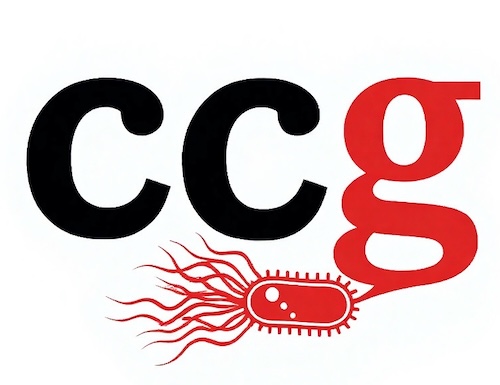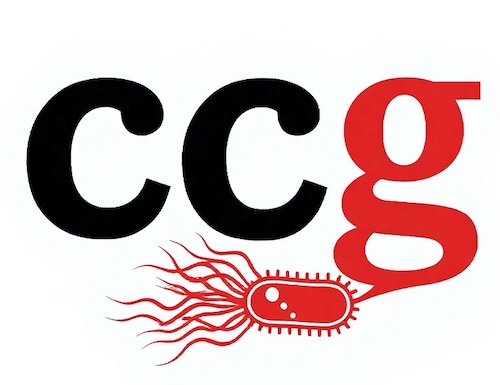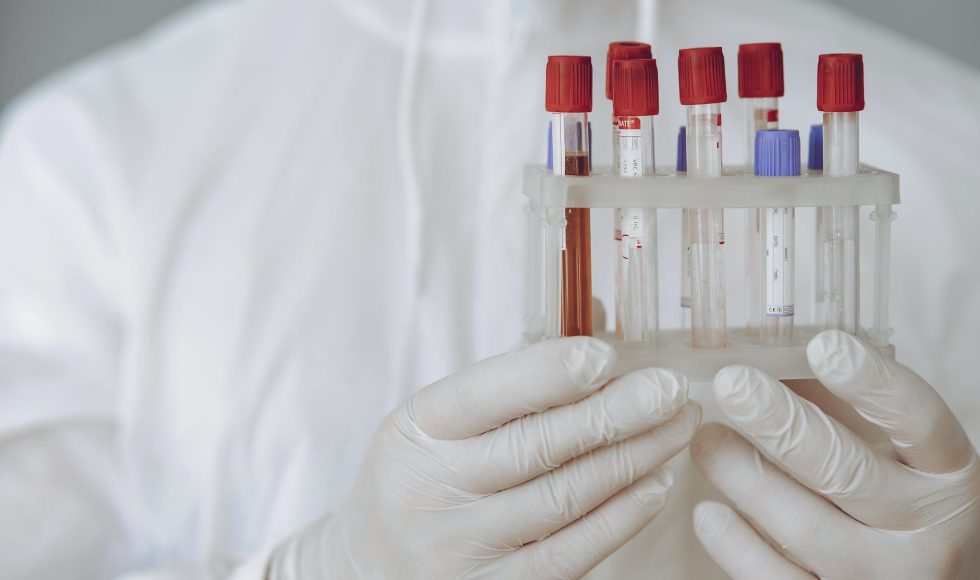Sarah Castro-Wallace from NASA spoke at the Nanopore Community Meeting in Houston. The title of their session is “2043: A Minion Space Odyssey.” Castro-Wallace helped the audience think about a Martian habitat and using Nanopore devices to monitor crew health, planetary protection (“forward and back contamination”), and microbial surveillance. Importantly, Castro-Wallace wanted us to consider […]
Erin L. Young from the Department of Health and Human Services in Utah presented at the Nanopore Community Meeting in Houston on “Nanopore sequencing for enhanced antimicrobial resistance gene surveillance.” I had watched Young present previously. They spoke about using whole genome sequencing (WGS) for surveillance and its use by the Centers for Disease Control. […]
Tonight, I watched the video for Kimberlee Musser’s session at the Nanopore Community Meeting Houston 2023. Kimberlee Musser works at Wadsworth Center in the New York State Department of Health. The session’s title is “Improving bacterial disease public health testing with nanopore sequencing.” Musser represents the work of many scientists from the Wadsworth Center, New […]
Tobias T. Schmidt from the Salk Institute for Biological Studies presented at the Nanopore Community Meeting in Houston on “Telomere dynamics in aging and cancer by nanopore long-read sequencing.” Schmidt is a postdoc working on sequencing and described how telomeres protect the end of linear eukaryotic chromosomes. Telomeres shorten with every round of replication in […]
Per Aspera Adastra from the Baylor College of Medicine and Texas Children’s Hospital, presented at the Nanopore Community Meeting in Houston on “Using long-read sequencing to generate a case-specific reference genome for pathogen strain typing.” I had watched the longer session before and will watch this one to learn more! Aspera Adastra is a clinical […]
Felipe Baez Aguirre from the University of the Andes in Colombia presented a session entitled “On-site nanopore sequencing reveals microbial diversity of a Colombian Pacific Coast mangrove soils” at the Nanopore Community Meeting in Houston. Baez Aguirre spoke about the location of the studies. They had limited access to electricity in the Bahia Malaga. The […]
Maria Chaves from Iowa State University presented at the Nanopore Community Meeting in Houston on “Enrichment strategies for recovery of Avian influenza virus from samples using MinION.” They spoke about the current highly pathogenic avian influenza (HPAI) outbreak and the importance of timely identification and characterization. Avian influenza is a huge problem for the poultry […]
Billy Lau from Stanford University School of Medicine spoke at the Nanopore Community Meeting in Houston about “Nanopore sequencing of cell-free DNA for methylation-based breast cancer detection.” I have watched Lau speak at other ONT events. This session was about a research study to improve cancer detection. Lau spoke about breast cancer detection issues. Liquid […]
Kimberlee Musser from the Wadsworth Center at the New York State Department of Health presented an update at the Nanopore Community Meeting Houston 2023. Wadsworth Center is the largest state public health laboratory with 750 staff! The Wadsworth Center receives CDC and NIH funding and develops new assays. Musser explained that they have their in-house […]
Debarshi Mustafi from the University of Washington presented at the Nanopore Community Meeting in Houston on “Complex phased variants in inherited retinal diseases with long-read sequencing.” Mustafi talked about the thin layer of tissue forming the retina. They are interested in inherited retinal diseases (IRDs). For a long time, people thought these were auto-immunity-related diseases. […]











